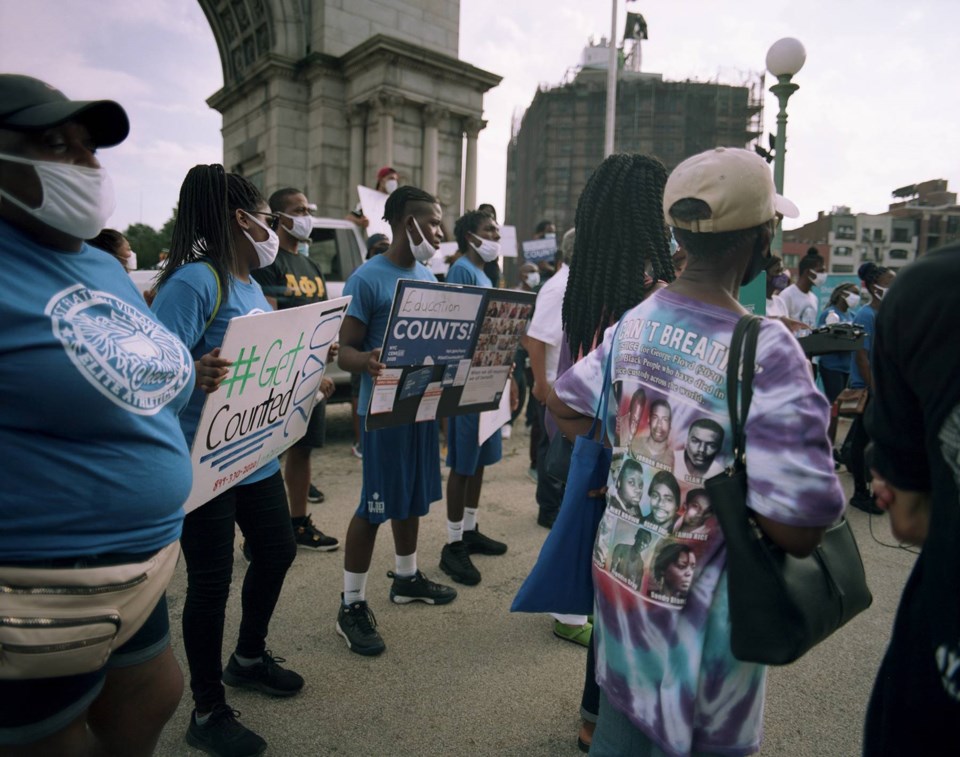Brooklyn is just 2,000 people away from having its largest number of residents ever — which was in 1950, newly released 2020 Census data shows.
The population of the borough is now at 2,736,074, up 231,374 on 2010s count of 2,504,700.
And it's not just Brooklyn that's growing, with the city as a whole growing almost 8% in the decade to 8.8 million.
Brooklyn is the most populous borough, followed by Queens, Manhattan, the Bronx and Staten Island. And the Bronx reached a record 1.47 million people, surpassing its 1970 high.
Nationally, although population growth has slowed over the past decade, the country has an additional 23 million residents than it did in 2010, and all of those additional Americans identified themselves in the Census count as Hispanic, Asian, Black and more than one race, according to the data, showing the country is becoming more racially diverse.
The new data was released by the U.S. Census Bureau on Thursday, giving the first look into the 2020 Census, which was conducted amidst the pandemic and while under attack from the Trump administration.
But despite the odds stacked against it, the effort the City and throes of volunteers put into counting New Yorkers seems to have paid off. New York City spent $40 million on Census outreach, especially targeting communities that typically go undercounted.
Arun Peter Lobo, the City's chief demographer, told Gothamist he was feeling "really good" about the numbers released Thursday.
"The city's growth actually outpaced the growth of the nation. That is unusual for a mature city like New York," he stated.
He told The New York Times the growth was "a shot in the arm" for New York and a reminder of strength, as the city struggled to recover from the pandemic.
"The decline of New York City has been foretold very often — incorrectly," he said. "I understand that this is largely a pre-COVID population, but adding over 600,000 people is like adding the population of Miami. It's huge."
A key factor behind the big jump in numbers was the City's discovery of 265,000 addresses that were not previously known by the Census Bureau, Lobo said, adding half a million people who otherwise would not have been counted were able to be included. He said half of the city's total growth came from Asian New Yorkers.
The City's Census Outreach Deputy Director Amit Singh Bagga told Gothamist the team behind the count knew that the hardest to reach New Yorkers, "undocumented immigrants etcetera would be very hard to reach by the federal government's door knockers, and we're incredibly, incredibly proud to see the results."
Jerry Vattamala, the director of the democracy program at the Asian American Legal Defense and Education Fund, told Gothamist although there was cause to celebrate, the real results wins should be seen in redistricting. The statistics from the Census may be used to redraw congressional and state legislative voting districts across the country.
"The new lines should reflect the growth so that communities that are growing have an equal chance, an equal say to have political participation," he said, rather than reduce that representation.



.png;w=120;h=80;mode=crop)
